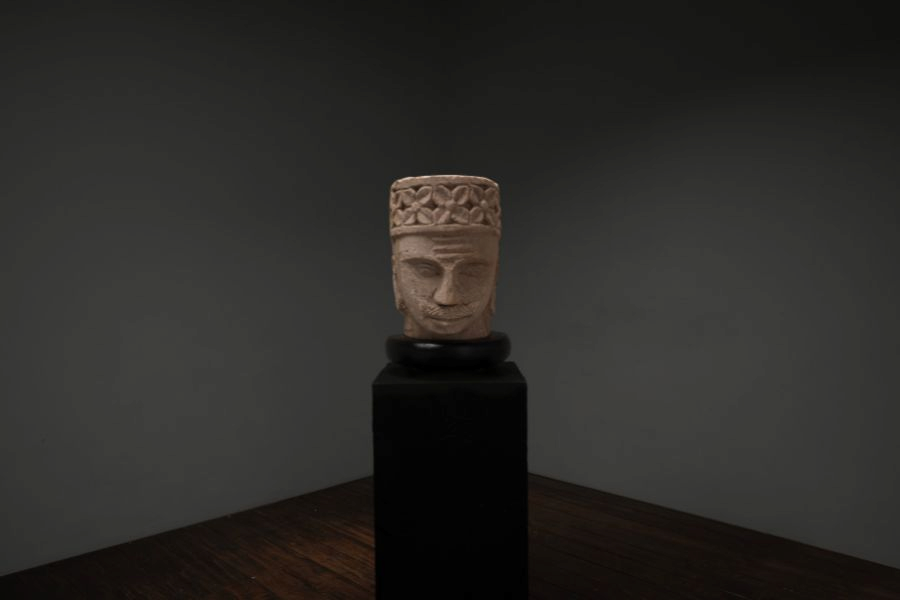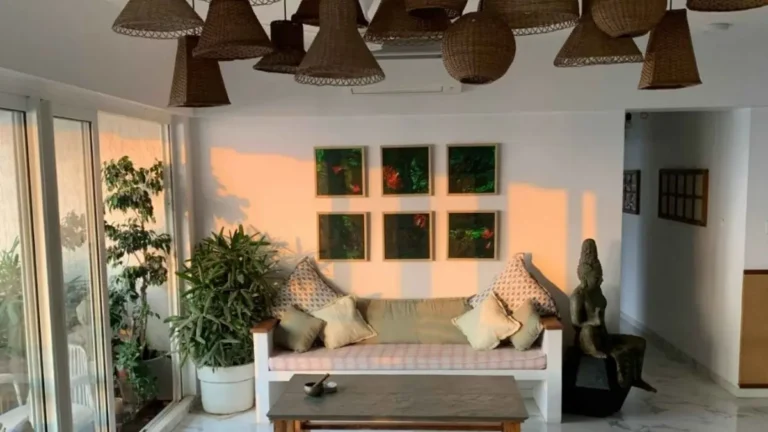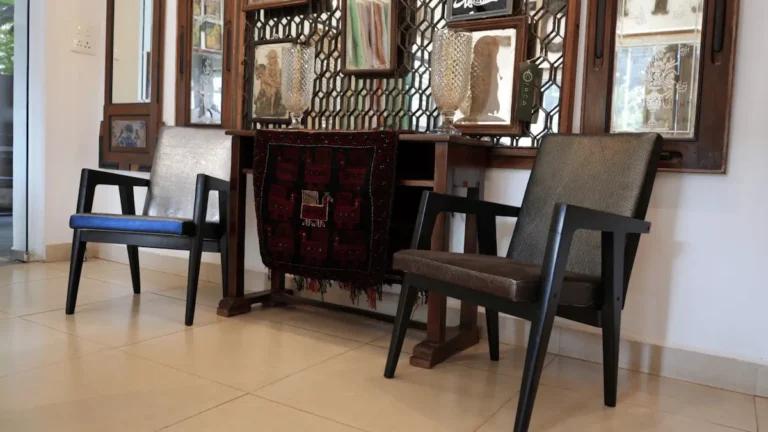In the world of travel, it’s often not the size of a hotel that leaves a mark, but the story it tells. While large resorts may impress with scale and amenities, smaller hotels have a distinct charm; they’re personal, intimate, and thoughtfully designed to offer guests more than just a place to sleep. The soul of a memorable stay is often found in the details, and that’s where small hotel interior design plays a powerful role. By curating experiences through design, boutique and independent hotels are transforming simple stays into lasting memories.
The Power of Personalization in Design

What sets small hotels apart is their ability to reflect personality and place. Every room, hallway, and lounge space becomes a canvas to express the hotel’s identity. In small hotel settings, interior design isn’t about following trends—it’s about telling a story. From heritage color palettes and local artwork to custom furniture and vintage lighting, every design choice contributes to a larger narrative.
Designers working in small hotel interior design often focus on making the space feel unique, welcoming, and locally inspired. Whether it’s an urban hideaway in a bustling city or a countryside inn surrounded by nature, the goal is always the same: to create a space that feels both distinct and connected to its surroundings.
Crafting Intimacy Through Atmosphere

Unlike larger properties, small hotels thrive on intimacy and atmosphere. This allows for design choices that embrace warmth, authenticity, and human scale. Lighting becomes softer and more layered, furniture choices feel like curated finds, and material textures lean toward natural, tactile elements like wood, linen, and stone.
This intimate ambiance encourages relaxation, conversation, and connection. Guests are not overwhelmed by towering lobbies or endless hallways; they’re welcomed into spaces that feel personal and considered. That emotional resonance is what turns a guest’s visit into a cherished memory.
Designing for Experience, Not Just Aesthetics
Great interior design in small hotels isn’t just about how things look, it’s about how they make people feel. Every detail, from the scent in the air to the softness of the sofa, adds to the guest experience. The best designs guide people through a journey, inviting them to slow down, explore, and stay present.
In the realm of small hotel interior design, this experiential approach is critical. It might be a reading nook tucked under a staircase, a sun-drenched breakfast corner with handmade tiles, or a reception area that feels like a cozy living room. These are not just design elements; they are touchpoints that enhance the emotional connection between the guest and the place.
Lasting Impressions Begin with Thoughtful Design

Travelers may not always remember the amenities or the thread count of the sheets, but they will remember how a place made them feel. That feeling of being seen, welcomed, and inspired is often rooted in the interior design. When small hotels are designed with intention, they leave behind more than impressions; they leave behind stories.
Designing interiors that evoke emotion and foster connection requires a unique sensibility—one that sees space not just as a structure but as a storyteller. Every piece of furniture, every wall color, and every fabric choice adds to a narrative that guests carry with them long after check-out.
Where Stories Begin: Small Hotels with Big Impressions
Behind every unforgettable stay in a small hotel is a design that understands emotion, atmosphere, and detail. Creating that kind of impact is no accident it’s the result of intentional design that balances beauty with experience. At Circa Warehouse, the philosophy behind every project is rooted in designing spaces that speak to the heart, especially in intimate hospitality environments.
Their passion for small hotel interior design shows in their ability to bring unique narratives to life, curating spaces that don’t just look stunning but feel meaningful. For hoteliers seeking to create places where stories unfold and memories linger, it’s this thoughtful approach to design that truly sets the stage.




